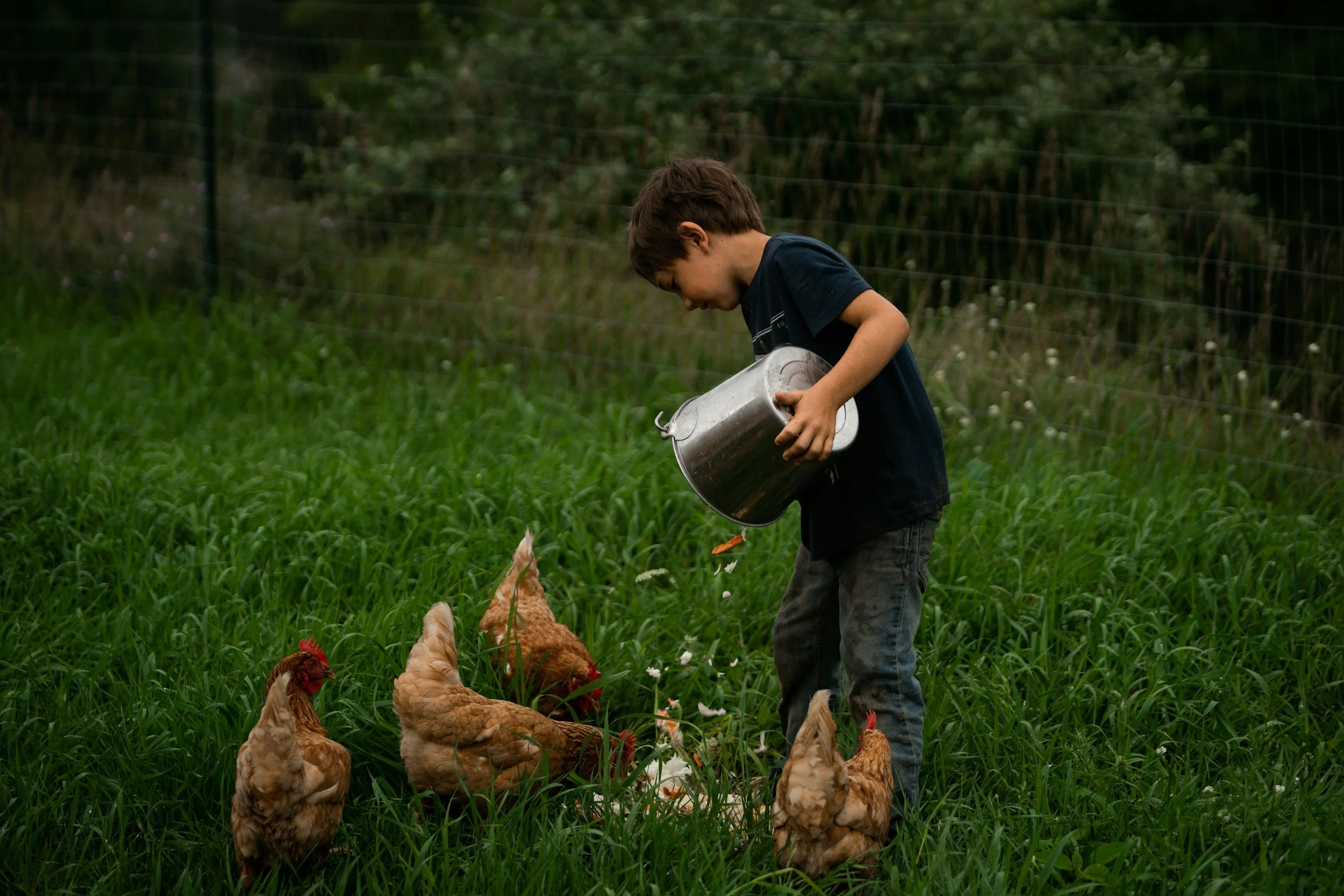Raising Chickens for Beginners: Everything You Need to Know
Lavender Orpington Rooster
So, you’re thinking about raising chickens? Whether you want farm-fresh eggs, natural pest control, or simply the joy of backyard birds, getting started with chickens is easier than you might think!
Raising chickens is one of the most rewarding (and low-maintenance) ways to begin homesteading. But with so many breeds, coop options, and feeding requirements, it can feel overwhelming. Don’t worry—we’ve got you covered.
In this beginner’s post, we’ll walk through everything you need to know, from choosing the right breed to setting up a coop. Plus, stick around for a fun chicken breed quiz and help us pick our next flock addition with a poll at the end!
Chickens in a field
Step 1: Choosing the Right Chicken Breed
Not all chickens are created equal! Some are champion egg layers, while others are better suited for meat production or even as friendly backyard pets.
Here’s a quick breakdown of common chicken types:
Best Egg Layers: Leghorns, Rhode Island Reds, Australorps
Cold-Hardy Breeds: Orpingtons, Barred Rocks, Wyandottes
Heat-Tolerant Breeds: Leghorns, Minorcas, Naked Necks
Best for Families/Kids: Silkies, Buff Orpingtons, Cochins
Dual-Purpose (Meat & Eggs): Sussex, Plymouth Rock, Brahmas
Best for Meat (Broilers): Cornish Cross, Red Rangers, Freedom Rangers
Curious about which breed is right for your homestead? Be sure to sign up for our Newsletter and be the first to get our comprehensive chicken breed quiz with all APA breeds!
A palace for chickens
Step 2: Setting Up Your Coop and Run
Chickens need a safe, dry, and well-ventilated home. Here’s what you’ll need:
✔️ Space Requirements: Plan for 2-4 square feet per bird inside the coop and at least 10 square feet per bird in the run.(If you've been following us we have 10-12 chickens in a 20’x20’ pen for some extra space!)
✔️ Roosting Bars: Chickens sleep off the ground—give them sturdy perches.
✔️ Nesting Boxes: One box per 3-4 hens is usually enough. (Although a lot of times they just end up in the same box!)
✔️ Predator Protection: Secure doors, hardware cloth (not chicken wire!), and an enclosed run to keep raccoons, hawks, and other predators out. (Need help with predator proofing? Download our free Predator Proofing Guide)
✔️ Ventilation & Shade: Good airflow prevents respiratory issues, and shade helps keep birds cool.
kids feeding chickens
Step 3: Feeding & Caring for Your Flock
Chickens aren’t picky eaters, but proper nutrition is key for egg production and health.
Starter Feed (for chicks): High-protein crumble (20-24%)
Grower Feed (teenage chickens): Lower protein (16-18%)
Layer Feed (hens laying eggs): Calcium-rich (16% protein)
Scratch Grains & Treats: Occasional snacks like mealworms, veggies, and fruits (We also have a free table scraps guide for your kitchen!)
Fresh water is a must, and in extreme cold or heat, you’ll need to check it often.
collecting eggs
Step 4: Collecting Eggs & Routine Care
Once your hens start laying (usually around 4-6 months old), you’ll have fresh eggs daily! Collect them regularly to keep them clean and prevent broody behavior.
Daily and weekly tasks include:
✅ Checking food and water
✅ Collecting eggs
✅ Cleaning the coop (spot-clean daily, deep-clean monthly)
✅ Watching for signs of illness or injury
Want a Full Beginner’s Guide?
We’re working on an in-depth Chicken Raising Guide that covers everything from troubleshooting common issues to maximizing egg production. Sign up for our newsletter to get early access and a special bonus!
Help Us Pick Our Next Breed!
We’re adding a new breed to our flock this year—help us decide which one! Vote in our weekly poll on Instagram or Facebook later this week and let your voice be heard!
Don’t Forget!
Don’t forget to download our free predator Proofing guide! We’re proud to say we haven’t lost any of our chickens in our current set up and grateful for God’s provision with our little ranch.
"Know well the condition of your flocks, and give attention to your herds." – Proverbs 27:23






